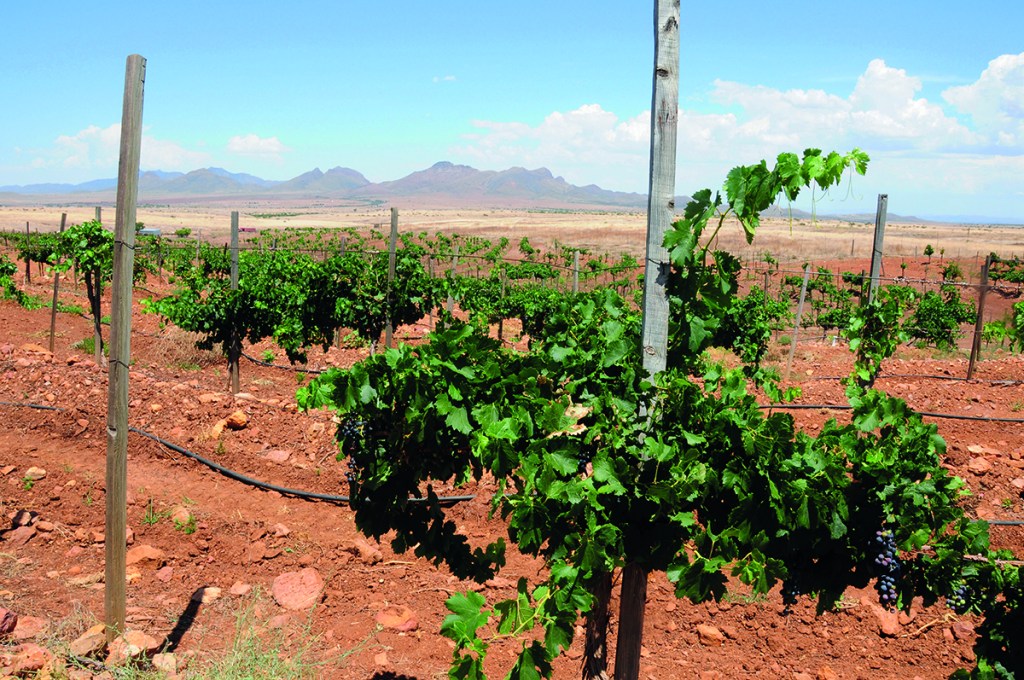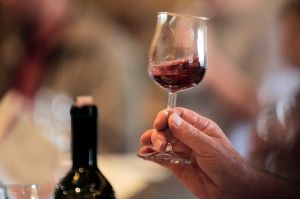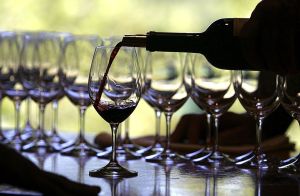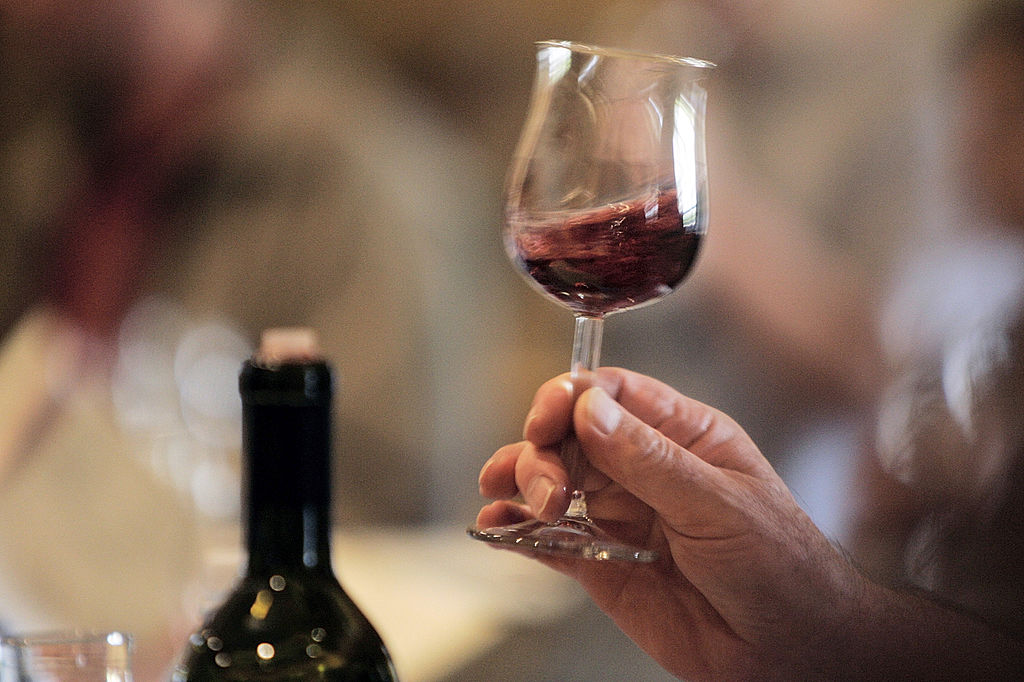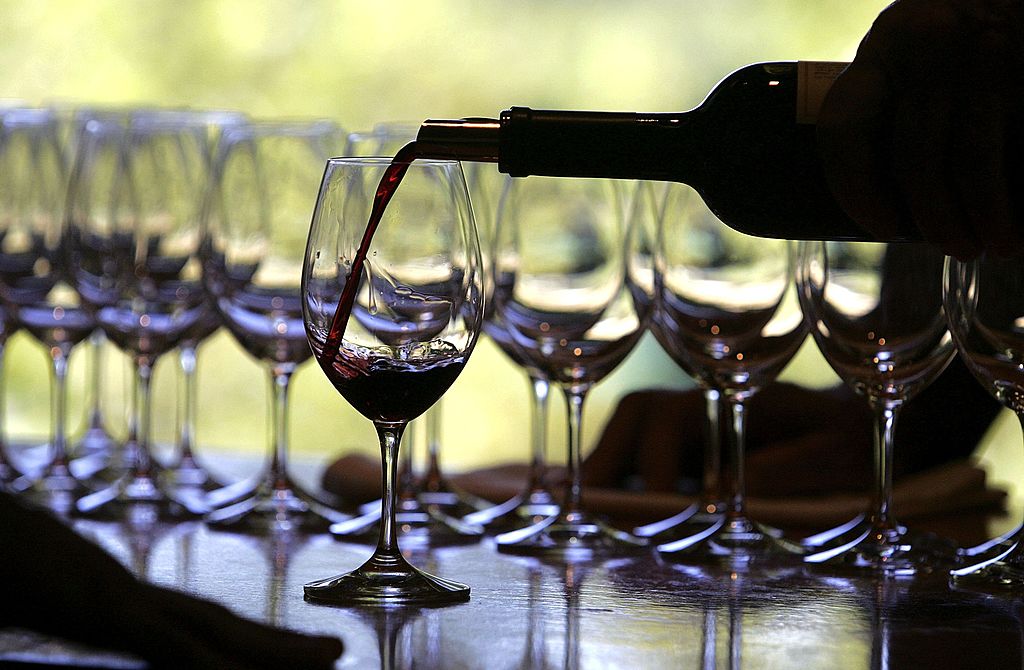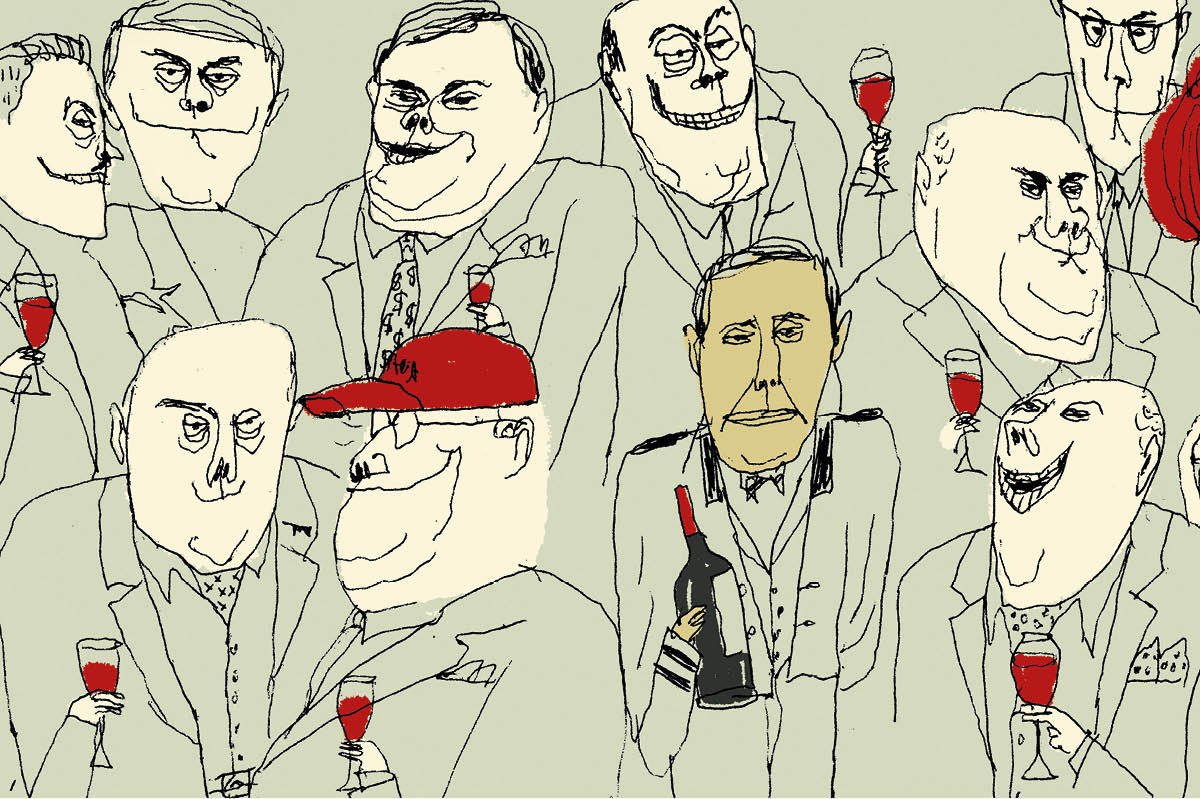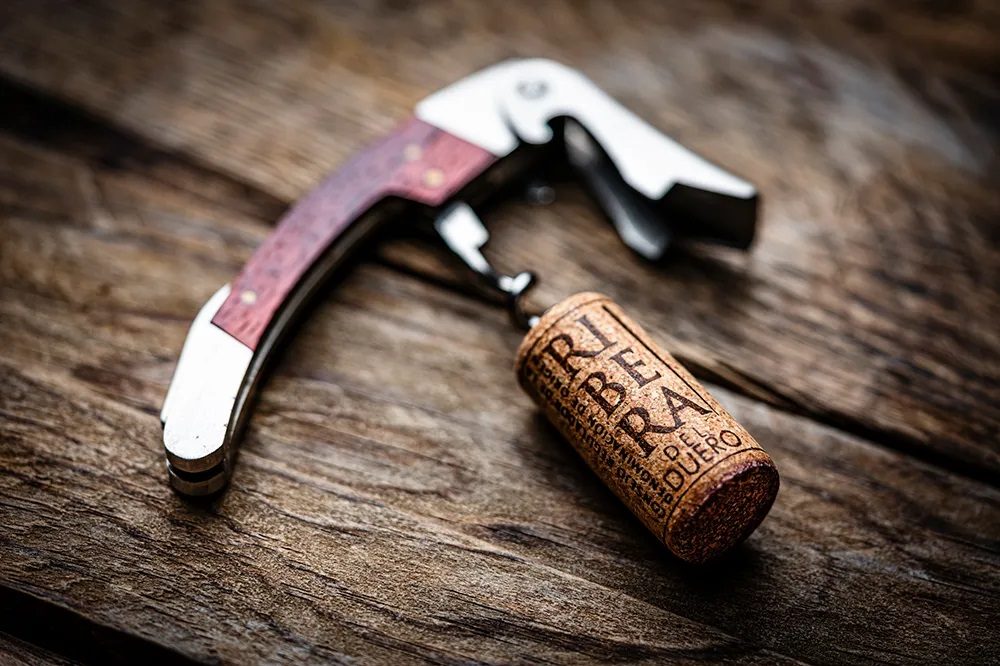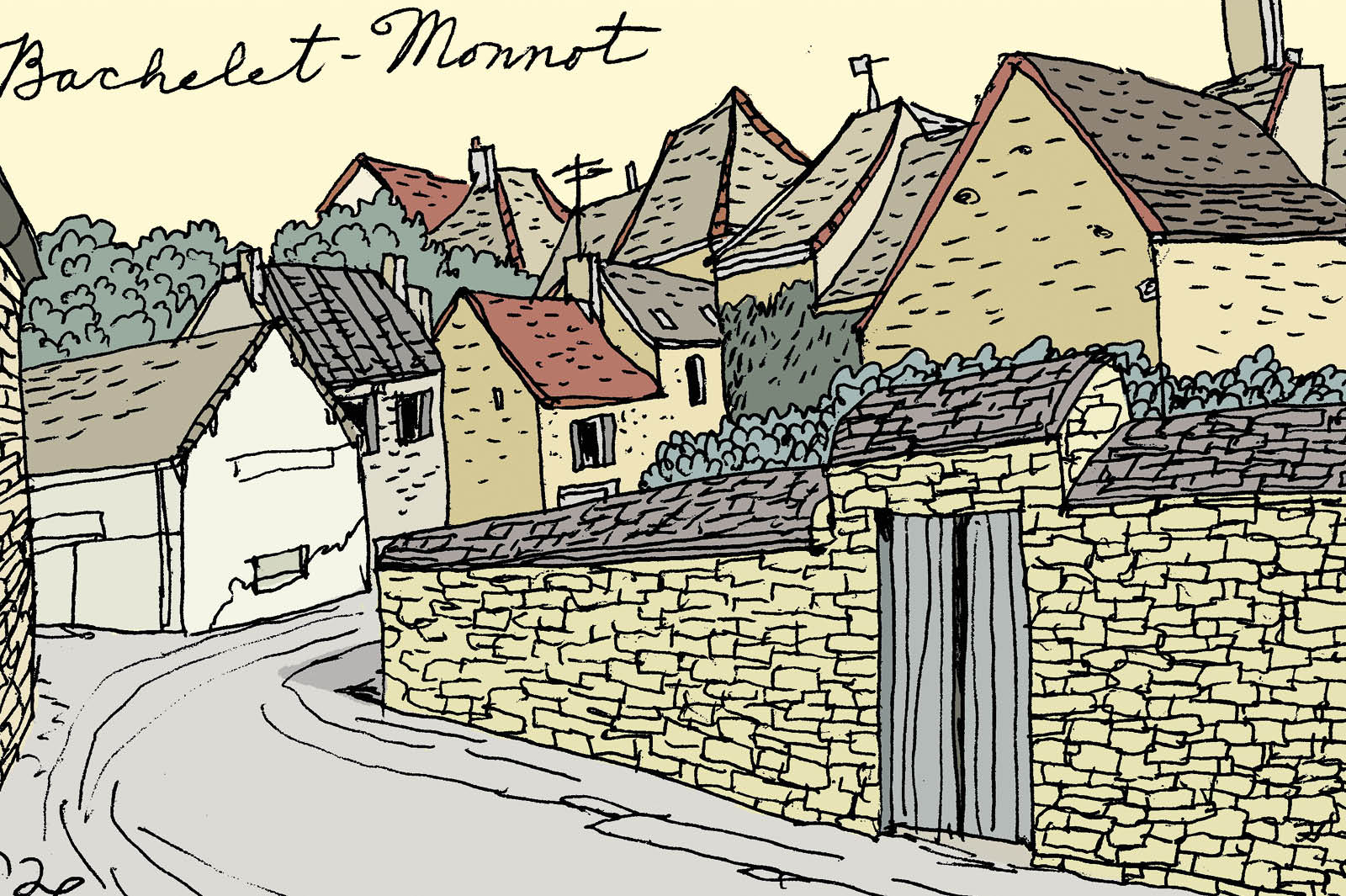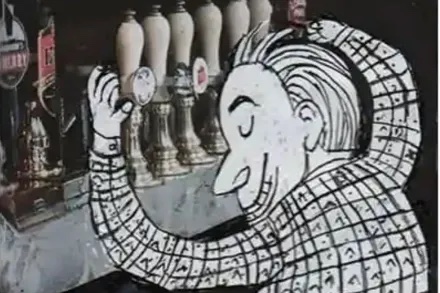Just because you were born in a manger doesn’t mean you are a horse.
I stumbled upon that bit of proverbial wisdom several times in the buildup to Christmas last year. It seems somehow applicable to a recent visit to Arizona where, despite the non-vinous-friendly environs, I had some amazing wines.
On the Cabernet front, I finally had the opportunity to taste Alpha Omega. I mentioned this storied Napa Valley wine back in July when I wrote about the wines from its San Luis Obispo cousin, Tolosa Winery. I was with friends at an undisclosed, semi-secure venue, pursuing a plot for world conquest. As a result, my attention was not as focused on this excellent wine as it should have been. Alpha Omega makes several wines, including a Pinot Noir, Chardonnay, a Cab-dominant rosé and a late harvest sweet wine (mostly Sauvignon Blanc with about 15 percent Semillon). But their most famous wines are their Cabs. We sampled the 2018 Cabernet, which was a blend from several prime properties in Napa. (Alpha Omega also offers some single-vineyard Cabs.) 2018 was a spectacular year in Napa and the wine, though young and undecanted, was showing very well. A bottle can be yours for about $125.
It is not odd to drink California wine in Arizona. It was a little more unusual to be offered superlative Burgundy. But world conquest is no easy task — and it was only proper that an excellent 2019 Vosne-Romanée from Albert Bichot Domaine du Clos Frantin should be on hand to aid our concentration. We felt a bit like the emperor Trajan after subduing Dacia and bringing the Roman Empire to its greatest extent (which is why when you ask for a map of the Roman Empire you are likely to get one from 117, the year of Trajan’s death and the Empire’s greatest reach).
You can find that Vosne-Romanée for about $150 a bottle, but I am not going to tell you how much it would cost you to buy the neighboring 2015 DRC Domaine de la Romanée-Conti Échézeaux Grand Cru we had to complete our cogitations. One more bottle and we would have gotten ourselves into a land war in Asia — and you know where that leads.
Those Burgundies are expensive — extravagantly so in the case of the Échézeaux (I like to use the word “case” in the same sentence with “Échézeaux”: it produces, as Gwendolen Fairfax said in another context, “vibrations”).
But the fabulous wines of the Côte de Nuits are not all Burgundy has to offer. Among other things, a bit to the south are the splendid wines of Beaune: succulent whites like Montrachet, Saint-Aubin and Corton-Charlemagne — and a variety of pleasing reds. Today I’ll mention two wines from neighboring appellations, Pommard and Volnay.
There are no grands crus in Beaune proper, but there are many delectable premiers crus, including the sturdy Pommard from Bouchard Père et Fils, along with Drouhin and Jadot, among the best producers in the area. We had the 2019 vintage which began tight and astringent but, with time and a bit of flattery, opened up nicely. A bottle can be yours for about $80. Volnay is right next door, but with just a few steps the terroir changes from the iron-rich soil of Beaune to the limestone-rich soil of Volnay.
Bouchard has been supplying wine to kings and knights and monks since 1731. Domaine des Petits Champs Lins, whose 2017 Volnay “Les Caillerets” we had, is a fairly recent union of two families, Diane Levez from Meursault and Jean-Luc Fouquerand from La Rochepot. Markedly lighter and more fruit-forward than the Pommard, this is a wine that is both serious and at the same time fun. For about $75, it is a pleasant and biddable vade mecum, clear, bright and confident enough to be both frankly spoken and unpretentious.
This article was originally published in The Spectator’s February 2023 World edition.



